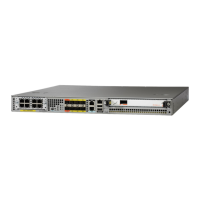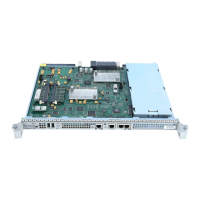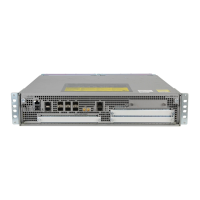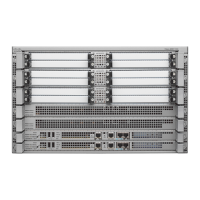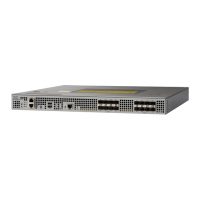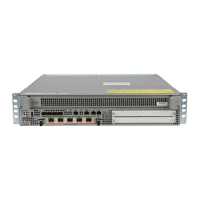5-14
Cisco ASR 1000 Series Aggregation Services Routers Hardware Installation Guide
OL-13208-11
Chapter 5 Preparing Your Site for Installation
Site Planning
• Shielded cables must be used to connect to the DB-25 alarm connector on both the AC and DC power
supplies in order to comply with FCC/EN55022/CISPR22 Class A emissions requirements. For
information about the power supply DB-25 alarm connector and alarm LEDs, see the “How Cisco
ASR1000-RP Alarm Monitoring Works” section on page 2-20.
Warning
Shielded T1/E1 cables must be used to comply with FCC/EN55022/CISPR22 Class A emissions
requirements on the 8-port channelized T1/E1 SPA interface.
Before you install the Cisco 1000 Series Router, have all additional external equipment and cables on
hand. For ordering information, contact a customer service representative.
The extent of your network and the distances between network interface connections depend in part on
the following factors:
• Signal type
• Signal speed
• Transmission medium
The distance and rate limits referenced in the following sections are the IEEE-recommended maximum
speeds and distances for signaling purposes. Use this information as a guideline in planning your
network connections prior to installing the Cisco 1000 Series Router.
If wires exceed recommended distances, or if wires pass between buildings, give special consideration
to the effect of a lightning strike in your vicinity. The electromagnetic pulse caused by lightning or other
high-energy phenomena can easily couple enough energy into unshielded conductors to destroy
electronic devices. If you have had problems of this sort in the past, you may want to consult experts in
electrical surge suppression and shielding.
Asynchronous Terminal Connections
The route processors provide a console port to connect a terminal or computer for local console access.
The route processors also provide an auxiliary port for additional connections and for diagnostic use.
Both ports have RJ-45 connectors, support RS-232 asynchronous data, and have distance
recommendations specified in the IEEE RS-232 standard.
Interference Considerations
When wires are run for any significant distance, there is a risk that stray signals will be induced on the
wires as interference. If interference signals are strong, they can cause data errors or damage to the
equipment.
The following sections describe sources of interference and how to minimize its effects on the
Cisco 1000 Series Router system.
Electromagnetic Interference
All equipment powered by AC current can propagate electrical energy that can cause electromagnetic
interference (EMI) and possibly affect the operation of other equipment. The typical sources of EMI are
equipment power cords and power service cables from electric utility companies.
Strong EMI can destroy the signal drivers and receivers in the Cisco 1000 Series Router and even create
an electrical hazard by causing power surges through power lines into installed equipment. These
problems are rare, but could be catastrophic.
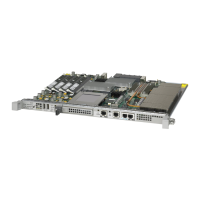
